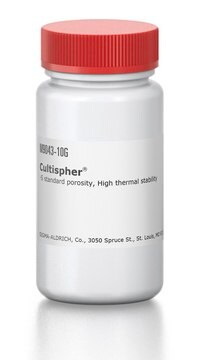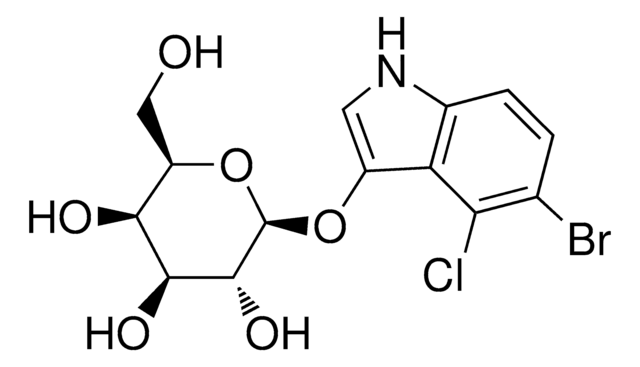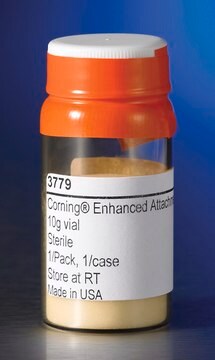Key Documents
P203
Phenamil methanesulfonate salt
solid
Synonim(y):
3,5-Diamino-6-chloro-N-[imino(phenylamino)methyl]pyrazinecarboxamide methanesulfonate salt
About This Item
Polecane produkty
Postać
solid
Poziom jakości
kolor
yellow
rozpuszczalność
45% (w/v) aq 2-hydroxypropyl-β-cyclodextrin: 2.5 mg/mL
DMSO: ≥5 mg/mL (with warming)
0.1 M HCl: insoluble
H2O: insoluble
temp. przechowywania
2-8°C
ciąg SMILES
CS(O)(=O)=O.Nc1nc(N)c(nc1Cl)C(=O)NC(=N)Nc2ccccc2
InChI
1S/C12H12ClN7O.CH4O3S/c13-8-10(15)19-9(14)7(18-8)11(21)20-12(16)17-6-4-2-1-3-5-6;1-5(2,3)4/h1-5H,(H4,14,15,19)(H3,16,17,20,21);1H3,(H,2,3,4)
Klucz InChI
MHPIZTURFVSLTJ-UHFFFAOYSA-N
informacje o genach
human ... SCNN1A(6337) , SCNN1B(6338) , SCNN1D(6339) , SCNN1G(6340)
mouse ... Scnn1a(20276) , Scnn1b(20277) , Scnn1d(140501) , Scnn1g(20278)
rat ... Scnn1a(25122) , Scnn1b(24767) , Scnn1g(24768)
Opis ogólny
Zastosowanie
- to stimulate adipocyte differentiation in 3T3 cells
- to test its effect on lateral flagella expression in Vibrio shilonii
- in nanoparticle preparation to test its effect on osteo/odontoblastic differentiation
Działania biochem./fizjol.
Kod klasy składowania
11 - Combustible Solids
Klasa zagrożenia wodnego (WGK)
WGK 3
Temperatura zapłonu (°F)
Not applicable
Temperatura zapłonu (°C)
Not applicable
Środki ochrony indywidualnej
Eyeshields, Gloves, type N95 (US)
Certyfikaty analizy (CoA)
Poszukaj Certyfikaty analizy (CoA), wpisując numer partii/serii produktów. Numery serii i partii można znaleźć na etykiecie produktu po słowach „seria” lub „partia”.
Masz już ten produkt?
Dokumenty związane z niedawno zakupionymi produktami zostały zamieszczone w Bibliotece dokumentów.
Nasz zespół naukowców ma doświadczenie we wszystkich obszarach badań, w tym w naukach przyrodniczych, materiałoznawstwie, syntezie chemicznej, chromatografii, analityce i wielu innych dziedzinach.
Skontaktuj się z zespołem ds. pomocy technicznej







